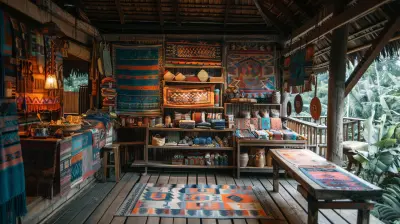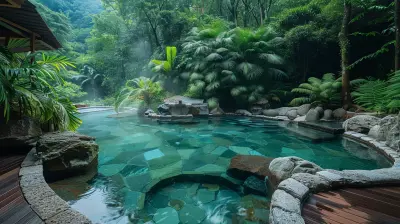How Cultural Festivals Have Inspired Global Fashion
10 July 2025
Fashion is more than just fabric and stitches—it's a powerful form of self-expression that transcends borders. Over the years, cultural festivals worldwide have had a significant impact on global fashion trends. From the vibrant colors of India’s Holi festival to the elaborate masks of Venice’s Carnival, these traditional celebrations influence everything from high-fashion runway styles to everyday streetwear.
But how exactly do these festivals shape global fashion? Let’s dive into the artistic influence of cultural celebrations and see how they inspire designers, fashion brands, and even your own wardrobe.
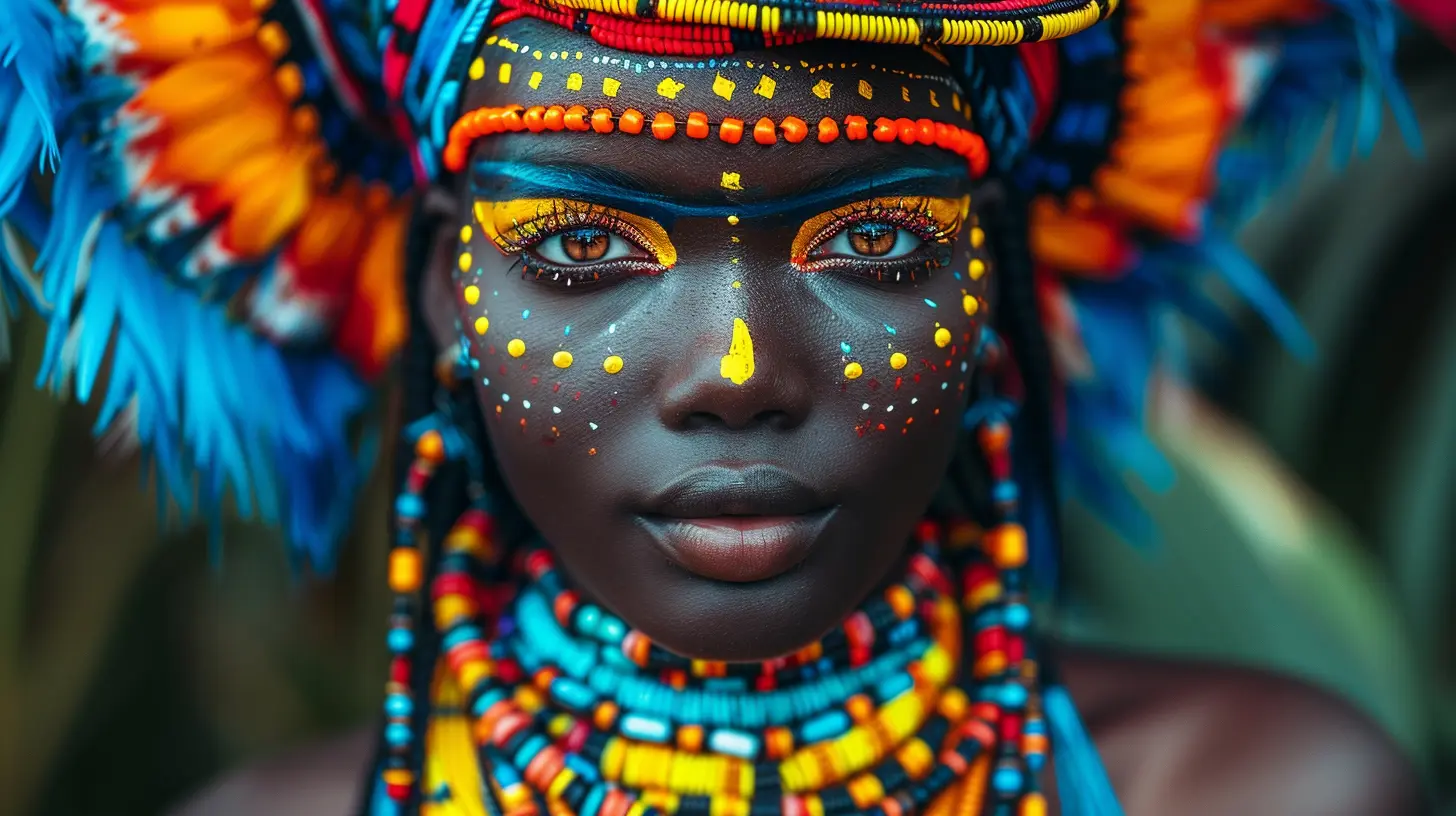
The Relationship Between Festivals and Fashion
Festivals are a feast for the senses—colors, textures, patterns, and symbolism all come together to create a visual spectacle. This rich cultural heritage has long been a source of inspiration for designers, who reinterpret these elements into clothing that connects history with modern aesthetics.Fashion, much like culture, is constantly evolving. Designers travel the world, attend festivals, and observe how people dress during these celebrations. They take inspiration from traditional garments, embroidery, and accessories, infusing them into their collections with a contemporary twist.
But it's not just high-end designers who are drawn to these influences. Thanks to social media and globalization, festival-inspired trends quickly make their way into mainstream fashion, influencing everything from casual wear to haute couture.
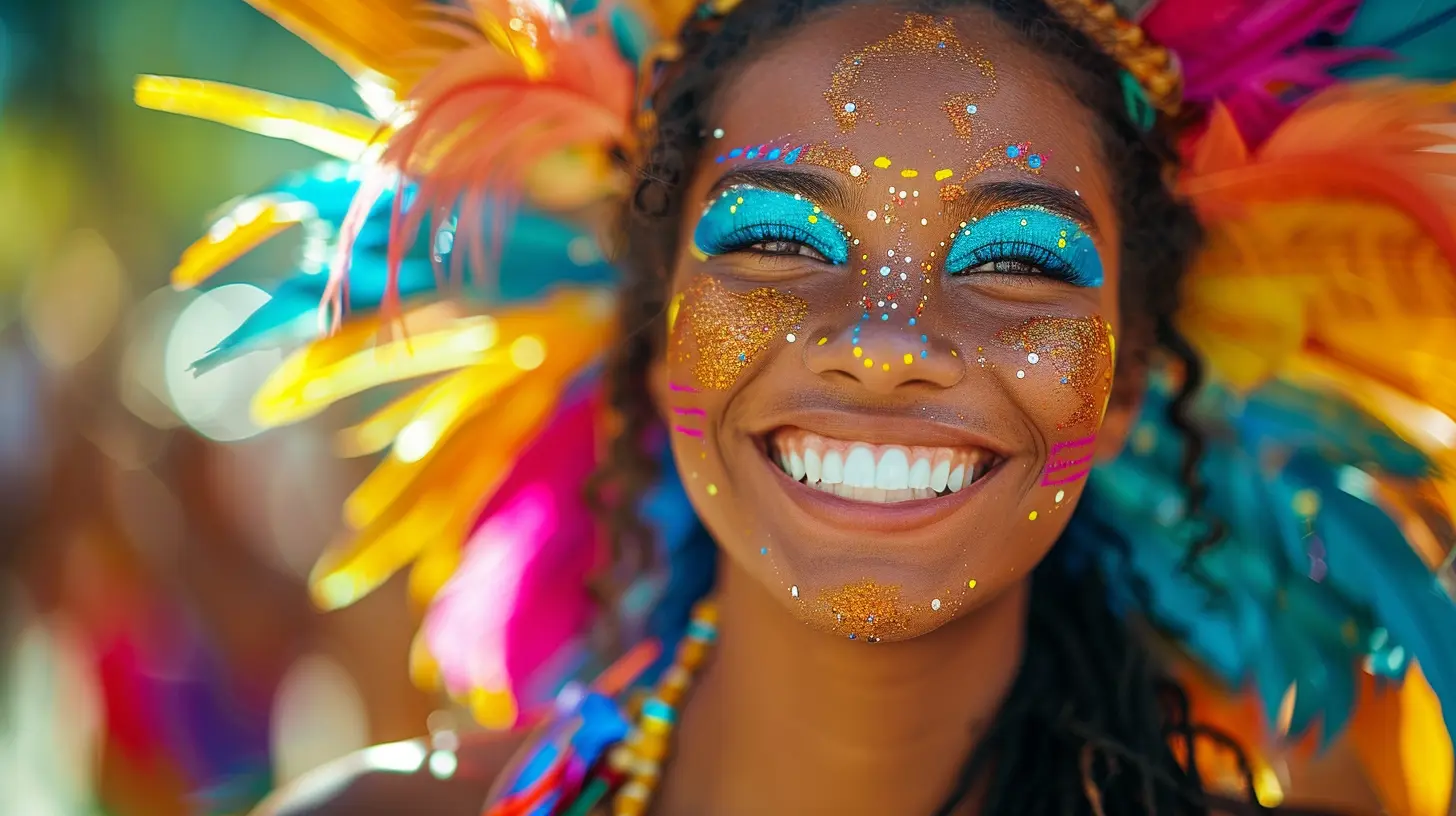
Cultural Festivals That Have Shaped Fashion
Let’s take a closer look at some of the most influential festivals and how they have left their mark on global fashion trends:1. Holi (India) – A Burst of Color in Fashion
Holi, also known as the "Festival of Colors," is one of the most vibrant celebrations in India. Participants throw powdered colors at each other, creating a mesmerizing kaleidoscope of hues.This explosion of color has significantly impacted fashion trends, with designers incorporating bright, playful palettes into their collections. Tie-dye, ombre effects, and splattered color designs have all drawn inspiration from Holi. Brands like Stella McCartney and Dior have embraced this colorful aesthetic, producing collections that mimic the joyous spirit of the festival.
Even streetwear brands have caught on, with oversized hoodies, sneakers, and accessories featuring Holi-inspired color patterns. Your favorite summer boho dress? It probably owes its existence to the color philosophy of Holi.
2. Carnival (Brazil & Venice) – Glitz, Glam, and Extravagance
Brazil’s Carnival is all about energy, rhythm, and dazzling costumes, while Venice’s Carnival is known for its mystique, elegance, and elaborate masks. Both versions of the festival have influenced the fashion industry in their own ways.- Brazilian Carnival: Think of feathers, sequins, and bold embellishments. Designers often incorporate these elements into evening wear and couture gowns. The flamboyant looks of performers during the parade inspire fashion that celebrates movement and confidence.
- Venetian Carnival: The drama and sophistication of Venetian masks and brocade fabrics have inspired high-end fashion. Lace, baroque patterns, and theatrical silhouettes often find their way into European luxury collections.
Both Carnivals have influenced everything from lingerie designs (with intricate lace and bold colors) to accessories like feathered headdresses and statement jewelry.
3. Coachella (USA) – The Boho-Chic Movement
Though relatively modern, Coachella has morphed from just a music festival into a full-fledged fashion event. The festival’s signature style—boho-chic—has had a lasting impact on global fashion.Flowy maxi dresses, fringe jackets, crochet tops, and wide-brim hats—these elements define festival fashion today. Influencers and celebrities attending Coachella have helped popularize this aesthetic, making it a staple in summer wardrobes worldwide.
Brands like Free People, Zara, and H&M release festival-inspired collections every year, proving just how much influence Coachella-style fashion has on the industry.
4. Oktoberfest (Germany) – Traditional Wear Meets Modern Fashion
Oktoberfest is not just about beer—it's also a celebration of Bavarian heritage, where locals and visitors dress in traditional dirndls and lederhosen. Surprisingly, these centuries-old garments have found their way into contemporary fashion.Luxury designers have reimagined traditional German attire for modern fashion. Dirndl-inspired dresses now appear in high-fashion collections, with corset detailing, puffed sleeves, and floral embroidery. Meanwhile, leather shorts (inspired by lederhosen) have become trendy in casual menswear and festival outfits.
5. Chinese New Year – Red, Gold, and Symbolic Fashion
Chinese New Year is known for its striking use of red and gold—colors symbolizing luck, prosperity, and joy. Every year, global fashion brands like Gucci, Louis Vuitton, and Prada release exclusive Chinese New Year capsule collections featuring dragon motifs, calligraphy prints, and traditional Chinese patterns.This influence isn’t just limited to luxury fashion. Sneakers, handbags, and accessories featuring Chinese cultural elements have found a growing audience worldwide. Even those outside of China wear red outfits during the festival season for good luck, showcasing the global reach of this cultural influence.
6. Día de los Muertos (Mexico) – Gothic Glam and Skull Motifs
Día de los Muertos (Day of the Dead) blends cultural tradition with artistic expression. The festival’s signature skeleton face paint, floral crowns, and embroidered garments have heavily influenced fashion.Designers often incorporate skull motifs, vibrant floral patterns, and gothic aesthetics into their collections. Brands like Alexander McQueen have drawn inspiration from this celebration, featuring intricate skull designs in everything from scarves to jewelry.
Even Halloween fashion owes much to Día de los Muertos, with sugar skull makeup and floral headpieces becoming a popular costume choice worldwide.
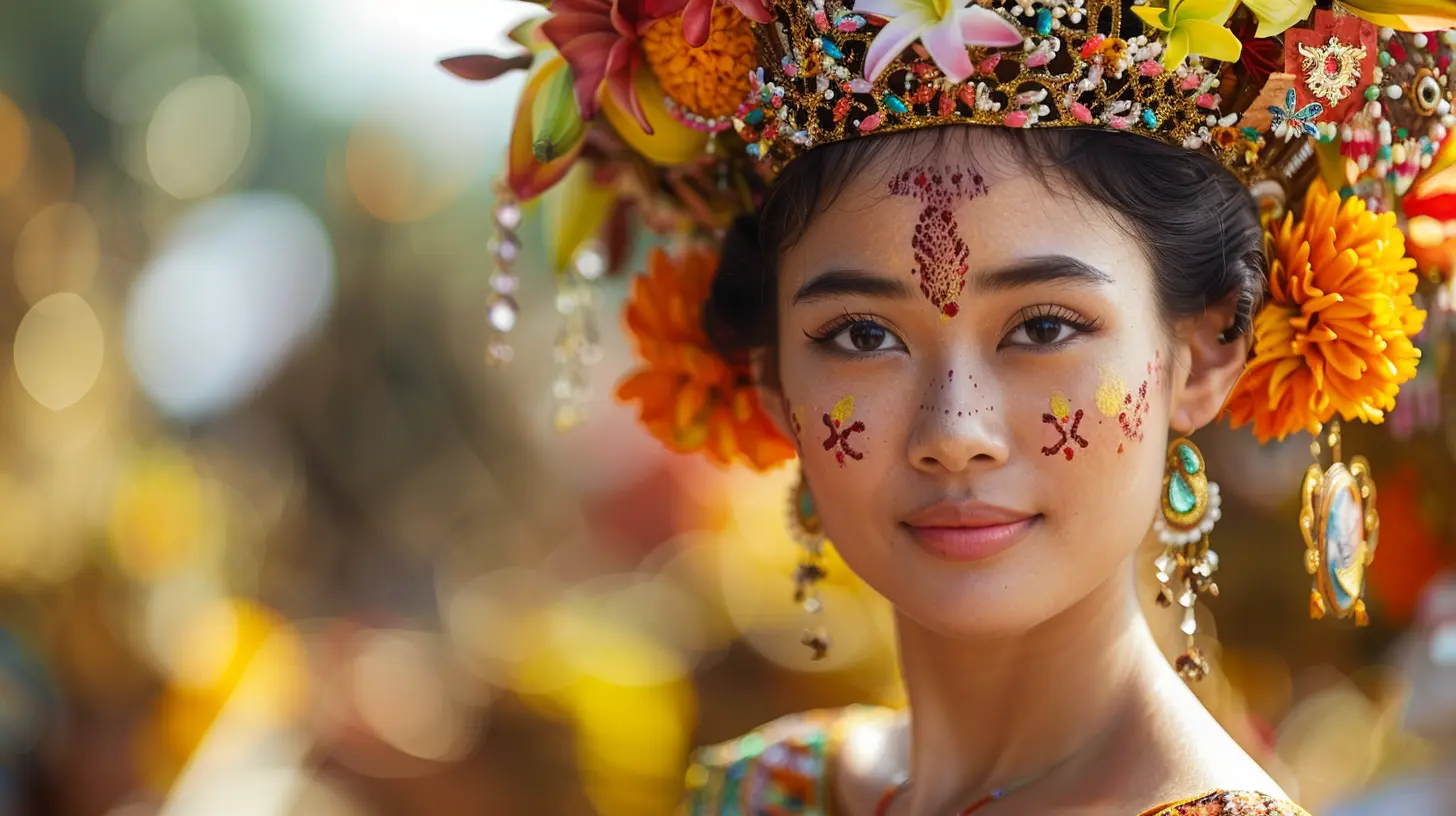
How Cultural Festival Fashion Impacted the Runway
Many of the world’s top fashion designers frequently draw inspiration from cultural festivals. The runways of Paris, Milan, and New York have witnessed collections that borrow aesthetics, patterns, and craftsmanship from traditional festival attire.- Chanel’s Paris-Bombay Collection (2012) was heavily inspired by Indian textiles and Holi’s vibrant colors.
- Dolce & Gabbana’s Alta Moda Collection has repeatedly incorporated elements from Venetian Carnival, featuring baroque designs and dramatic silhouettes.
- Gucci’s Chinese New Year Collections continue to blend modern luxury with cultural heritage.
These examples highlight how cultural festivals don’t just influence fashion temporarily—they shape long-term design trends and inspire future generations of designers.
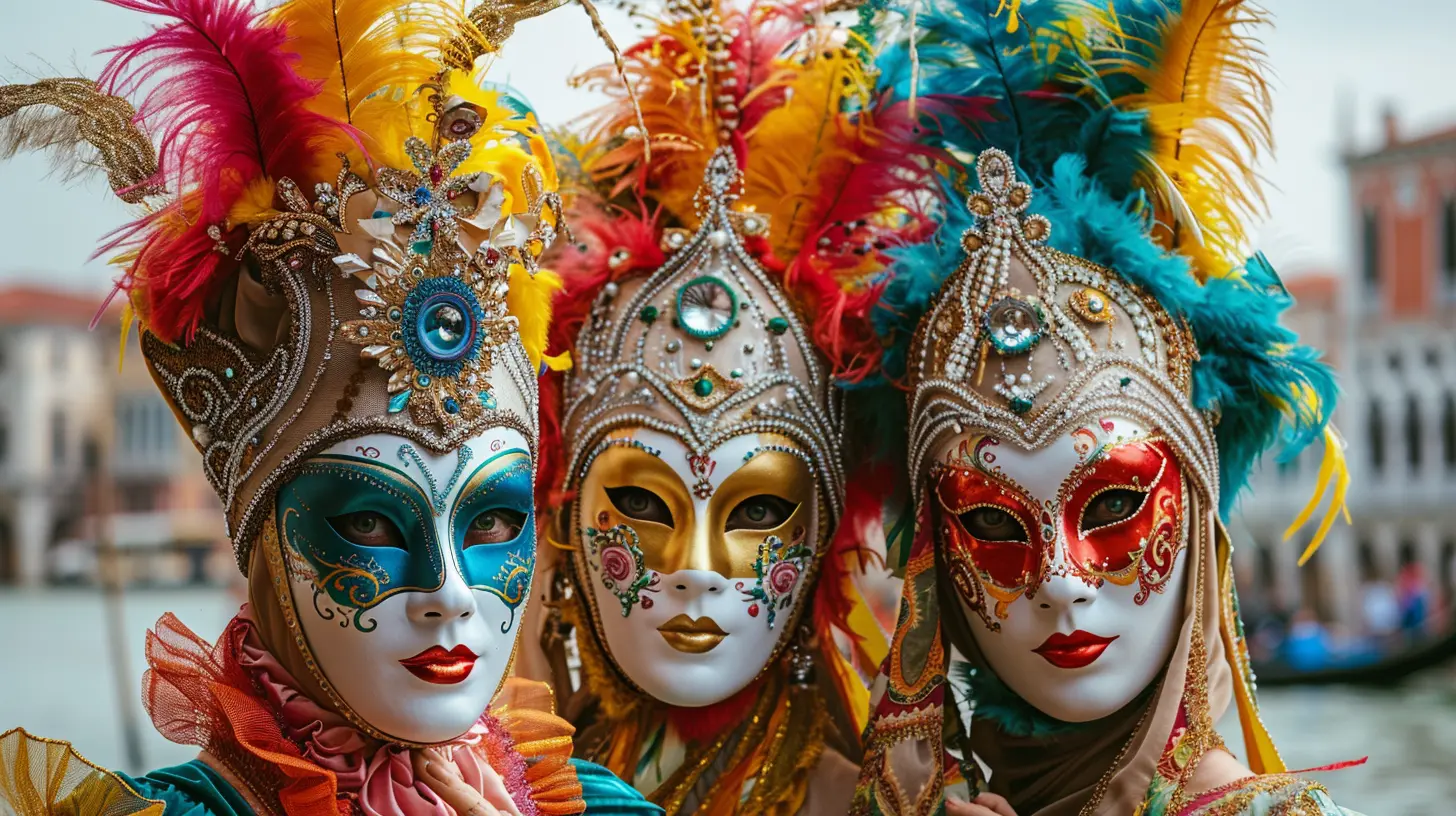
Why Festival-Inspired Fashion Is So Popular
So, why do people love dressing in festival-inspired clothing? There’s something magical about embracing a piece of cultural tradition through fashion. It’s not just about aesthetics; it’s about storytelling, heritage, and self-expression.- It’s Unique: Festival-inspired fashion allows wearers to stand out with pieces that have historical and cultural significance.
- It’s Celebratory: Wearing outfits inspired by festivals connects people to the joyous energy of those celebrations.
- It’s Global: With fashion brands embracing cultural diversity, people worldwide can appreciate and participate in different traditions through clothing.
The Fine Line Between Inspiration and Cultural Appropriation
While cultural festivals have undeniably contributed to global fashion trends, there’s an ongoing discussion about cultural appropriation.Taking inspiration from different cultures is beautiful when done respectfully. However, mass-market brands have sometimes failed to acknowledge the origins of their designs, leading to controversy.
To avoid appropriation, designers and consumers should:
- Understand the cultural significance of the symbols, patterns, and garments they wear.
- Credit the origins of their inspiration, especially in marketing campaigns.
- Support artisans and local designers who create authentic cultural fashion.
When done right, fashion becomes a bridge between cultures, allowing the world to celebrate diversity in a positive and respectful way.
Final Thoughts
Cultural festivals have played a crucial role in shaping global fashion. From Holi’s colorful influence to the extravagant costumes of Carnival, these celebrations continue to inspire designers, consumers, and trendsetters alike.Next time you wear a boho-chic dress, a paisley-patterned scarf, or an intricately embroidered jacket, take a moment to appreciate the deep cultural heritage behind it. Fashion isn’t just about looking good—it’s about honoring traditions and storytelling through style.
all images in this post were generated using AI tools
Category:
Cultural FestivalsAuthor:

Tracie McAdams
Discussion
rate this article
2 comments
Primrose Malone
Who knew that a feathered headdress could inspire haute couture? From dancing in the streets to strutting on catwalks, cultural festivals are the ultimate fashion runway—where tradition meets trend, and creativity knows no borders!
October 12, 2025 at 3:55 PM

Tracie McAdams
Thank you for your insight! Cultural festivals truly blend tradition and innovation, shaping the vibrant landscape of global fashion.
Thornefield Wood
Great insights! It's fascinating how cultural festivals influence and enrich global fashion trends.
July 16, 2025 at 3:06 PM

Tracie McAdams
Thank you! I'm glad you found it interesting—cultural festivals truly provide endless inspiration for fashion innovation.
